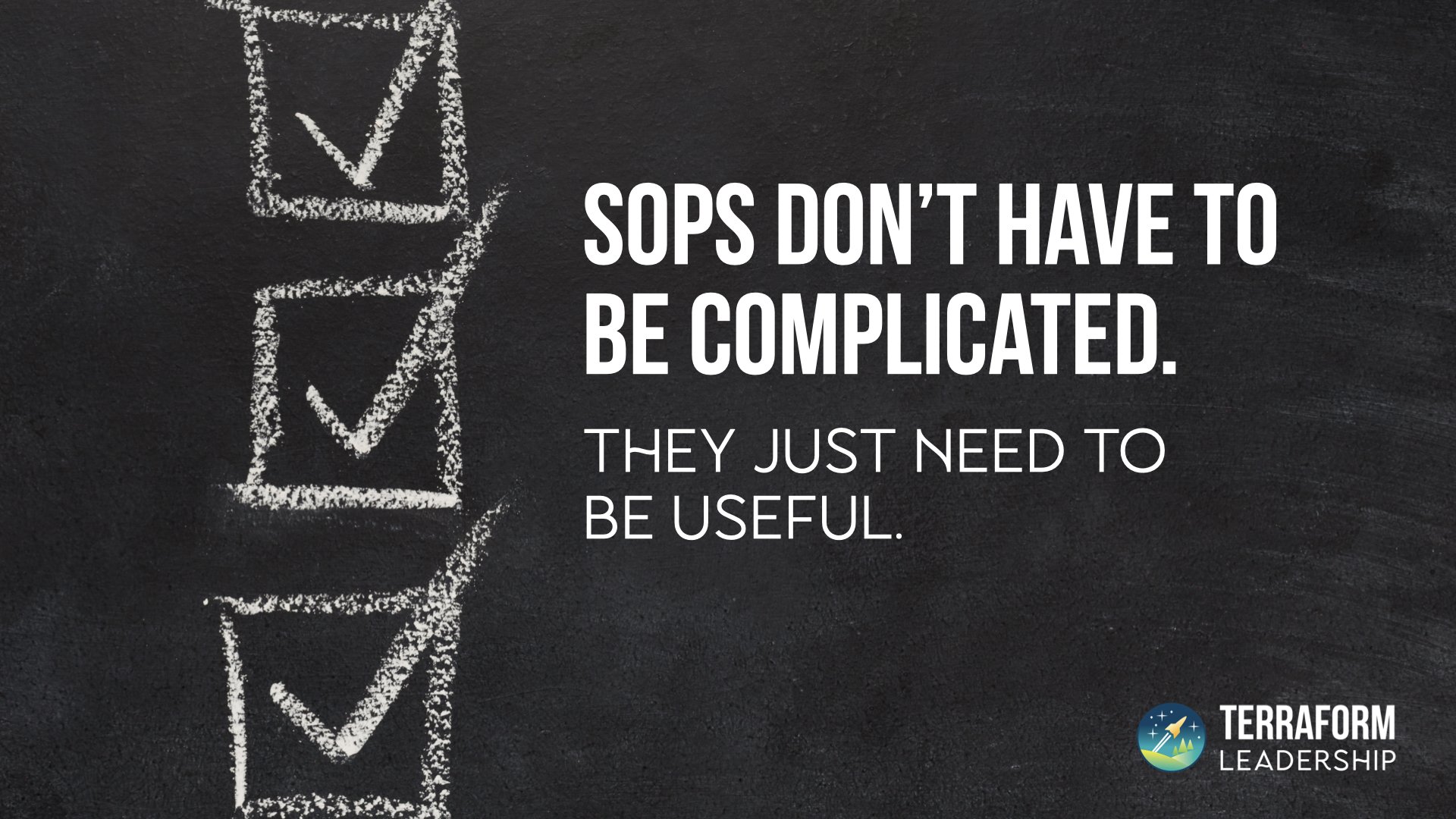Stop Reinventing the Wheel – The Power of SOPs
What would happen if a key employee left your company tomorrow?
Would everything keep running smoothly, or would your team scramble to figure out their responsibilities?
Do you have an oral culture?
Many organizations unknowingly operate as oral cultures, where critical knowledge exists only in people’s heads, not in a system others can follow.
This works in the short term, but it quickly becomes a bottleneck to growth when employees leave.
And when that happens… uh-oh. The knowledge has just headed out the door!
A Simple Solution
That’s where Standard Operating Procedures (SOPs) come in.
SOPs don’t have to be complicated—they just need to be useful.
A simple checklist, a step-by-step guide, or a well-documented workflow can eliminate confusion, reduce mistakes, and free up time for what truly matters: serving your customer or constituent!
SOPs are not red tape!
The thought of creating a Standard Operating Procedure is not something that lights up the eyes of many leaders I talk to. But without SOPs, organizations waste countless hours reinventing the wheel.
So it’s important to remember that SOPs aren’t about bureaucracy. They’re about clarity.
When the right processes and documentation are in place, your team can operate efficiently, scale faster, and stay focused on delivering quality — even when key players change.
Want to stop the cycle of confusion and inconsistency? Start documenting one process today and see the difference!
Looking to increase your productivity?
If you feel like your team is operating in chaos, contact us!
We love helping people create order and get more done! (Some may think that’s drudgery, but we think it’s fun!)
Contact us, and let’s explore the possibilities!



